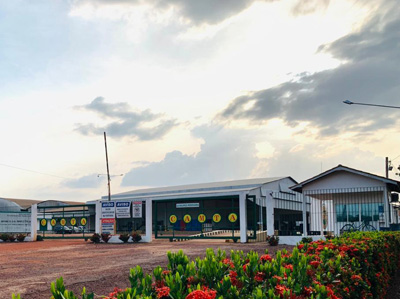
Pitaya
A Pitaya, também conhecida como “Dragon Fruit” ou “Fruta do Dragão”, é originária das Américas. E além de possuir uma cor vibrante e atrativa, a Pitaya apresenta abaixo percentual de gordura.
SEJA UM DISTRIBUIDOR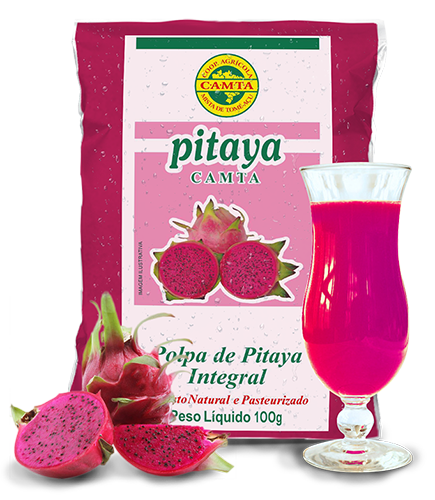
Açaí
O suco de açaí, como é conhecido nas regiões Nordeste e Sudeste do Brasil tornou-se uma febre entre os adeptos da cultura da saúde e frequentadores de academias.
SEJA UM DISTRIBUIDOR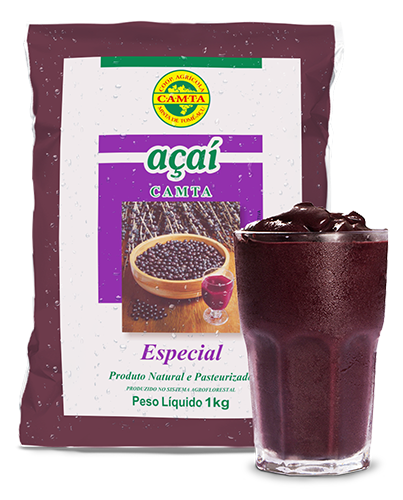
Acerola
De origem na América Central, a acerola ou “cereja-das-antilhas” alcançou o atual destaque a partir da constatação dos altos teores de Vitamina C, em níveis 100 vezes maiores que a laranja e o limão.
SEJA UM DISTRIBUIDOR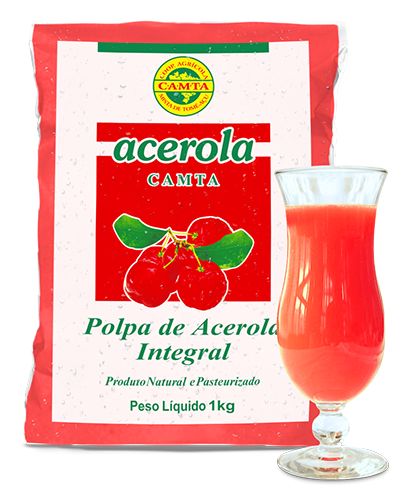
Acerola com Pitaya
Polpa com sabor suave e coloração melhorada, rico em vitamina C, podendo também ajudar na prevenção do ganho de peso.
SEJA UM DISTRIBUIDOR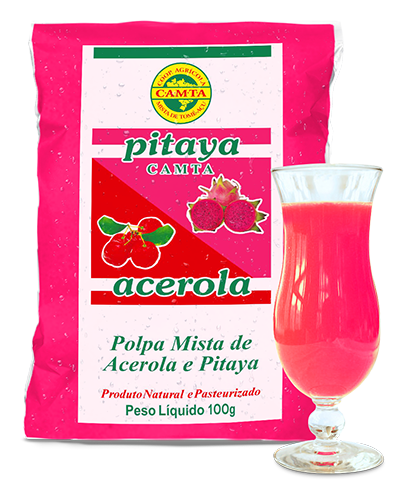
Cupuaçu
É originário da floresta amazônica. Sua polpa é largamente utilizada na culinária local, principalmente no Estado do Pará. Seu suco é costumeiramente oferecido aos que visitam a região para que conheçam seu sabor.
SEJA UM DISTRIBUIDOR
Goiaba
A goiabeira é uma planta frutífera americana de cultura pré-colombiana. Na região amazônica a goiabeira é uma das frutas mais familiares, sendo encontrada em qualquer lugar devido a facilidade com que é dispersada.
SEJA UM DISTRIBUIDOR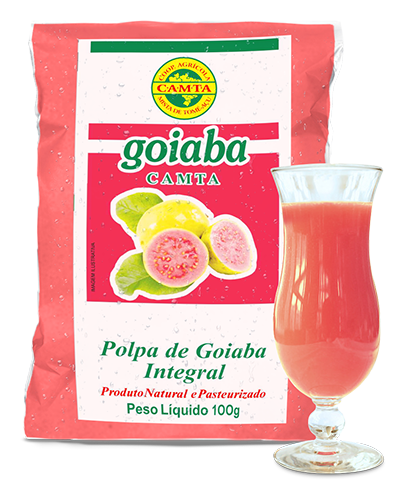
Maracujá
Fruta muito utilizada na região Norte e Nordeste, destacando-se o Pará como um grande produtor e exportador. Do suco de Maracujá pode-se obter boas quantidades de vitaminas hidrossolúveis, sais minerais e fibras.
SEJA UM DISTRIBUIDOR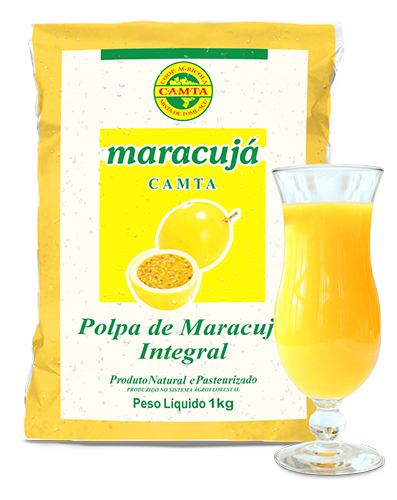
Taperebá
Com vasta distribuição tropical, esta fruta encontra-se, hoje, cultivada nas regiões Norte e Nordeste, podendo ser conhecida também como cajá. É de sabor, aroma e coloração adequada à conquista dos paladares mais exigentes.
SEJA UM DISTRIBUIDOR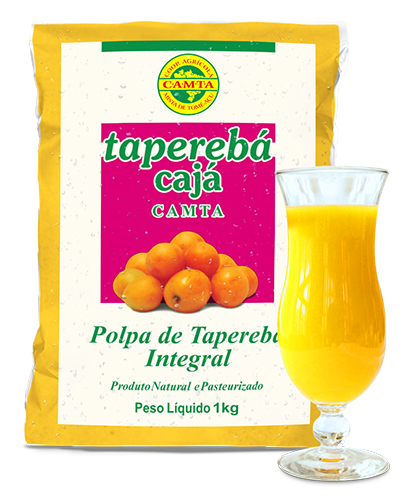
Óleos Vegetais
Os óleos vegetais nobres são extraídos das sementes de cupuaçu, maracujá e andiroba, provenientes do Sistema Agroflorestal de Tomé-Açu (SAFTA), servem de matéria-prima para a produção de cosméticos.
SEJA UM DISTRIBUIDOR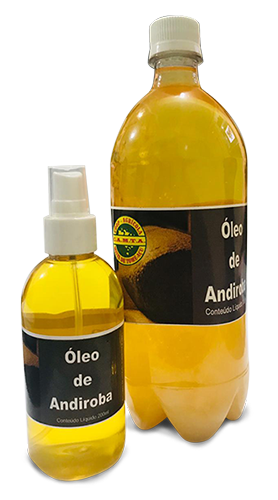
Pimenta-do-Reino
Atualmente o plantio se dá em policultura através do Sistema Agroflorestal. A produção de pimenta-do-reino em grão (preta e branca) tem tradição e garantia de qualidade com reconhecimento internacional.
SEJA UM DISTRIBUIDOR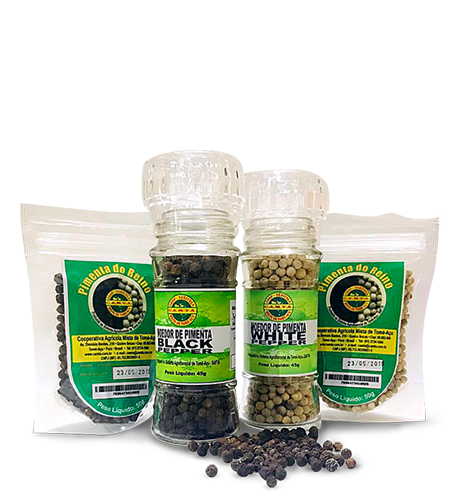
Sorbet
Sabor único que surpreende ao mais apurado paladar. Saudável e Natural, produzidos com polpas de frutas da CAMTA.
SEJA UM DISTRIBUIDOR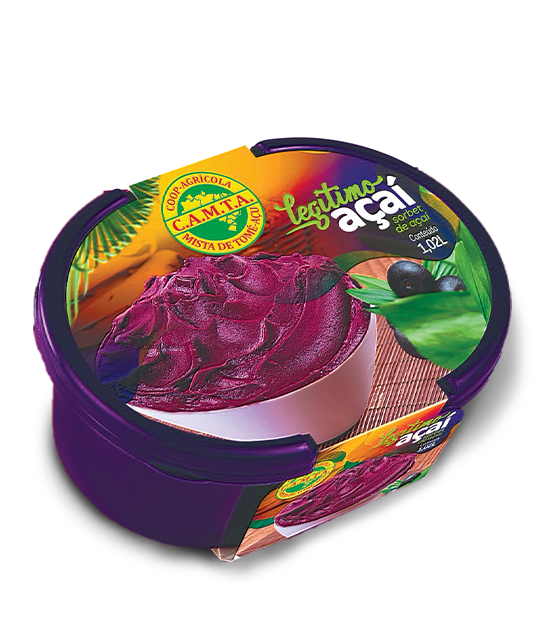
Amêndoas de Cacau
A CAMTA e seus cooperados investem no desenvolvimento do cultivo sustentável da amêndoa de cacau, e têm atendido os mais exigentes mercados das indústrias de chocolate do mundo.
SEJA UM DISTRIBUIDOR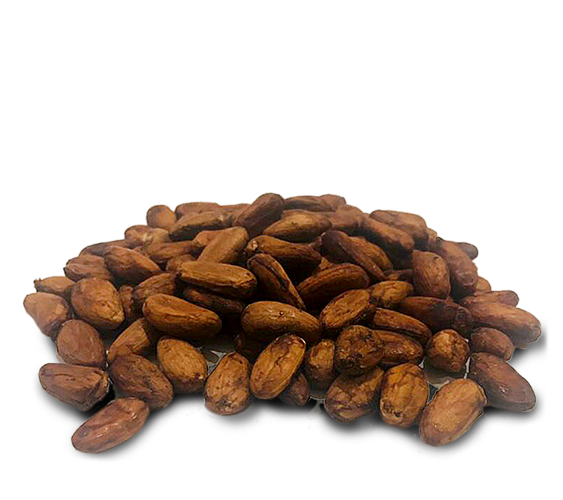
Matrix
Since 1931 we are an example in cooperativism, community action and environmental integration.

Sustainability
Tome-Açu Agroforestry System - SAFTA, developed in the 70's.

Agribusiness
Expansion and diversification of activities with the installation of agribusiness in 1987.
